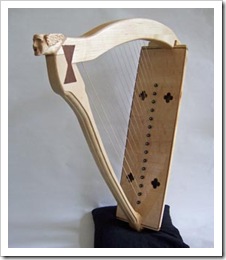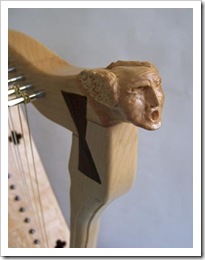It always seems that during the two to three weeks in October I’m set up for the Open Studios Art Tour, and my work slows down so as not to dirty things up too much (and sit around waiting for customers), I not only think of new things to work on, but also on how to improve my workshop/studio.
One thing I’ve always wanted to do was improve dust collection. I already have a filter to capture the dust as I carve, but my power tools never had permanent hookups to a dust collector. In the near and distant past, I hooked a shop vacuum directly to my power tools. This method, even though it worked, constantly clogged up the vacuum’s filter, and I had to clean it almost every day.
Well, this year at Open Studios, I decided to connect all my power tools to a central vacuum and dust  collection system. Since my workshop is so small, a regular dust collector with 4” hoses would take up so much room, I wouldn’t have space to work. Fortunately, a company known for industrial dust collection, Oneida, invented a small cyclonic separator that fits between a regular shop vacuum and the power tools. So now I’m connecting all my tools with 2” to 2 1/2” hose and blast gates to my new separator and vacuum. (A new vacuum, by the way, since my other one died a couple of weeks ago.)
collection system. Since my workshop is so small, a regular dust collector with 4” hoses would take up so much room, I wouldn’t have space to work. Fortunately, a company known for industrial dust collection, Oneida, invented a small cyclonic separator that fits between a regular shop vacuum and the power tools. So now I’m connecting all my tools with 2” to 2 1/2” hose and blast gates to my new separator and vacuum. (A new vacuum, by the way, since my other one died a couple of weeks ago.)
On another shop tool front, as I mentioned in a previous blog entry, I got a bed extension for my mini wood lathe. To install 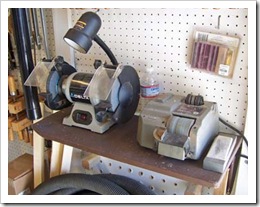 it, I had to move my scroll saw to where the sharpening station sat, and then I had to make a new space for the sharpening station in a lesser used space on one wall. My workshop is evolving little by little.
it, I had to move my scroll saw to where the sharpening station sat, and then I had to make a new space for the sharpening station in a lesser used space on one wall. My workshop is evolving little by little.
Meanwhile, On the Workbench
I’m not spending all my time trying to improve my shop, I’m actually working on several concurrent projects. My main goal is to have my new dulcimer, “The White Lady”, finished for the KPFA Crafts & Music Fair in San Francisco’s Concourse Exposition Building, December 12th and 13th. No pictures yet, she has some surprising carvings I’ll show when she’s completed.
The Starnina Harp is coming along. I’m adding segmented binding 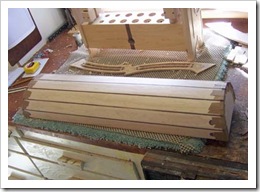 to the both ends of the body. Once the binding is complete, it will be time for me to lay out the top for soundholes and strings. This has been another long project that changed from one style to another then to the current style in the two years since I started planning it. I think this is the one that’ll go. In the meantime, I still need to finish carving the lovely lady who’s adorning the front of the peg block.
to the both ends of the body. Once the binding is complete, it will be time for me to lay out the top for soundholes and strings. This has been another long project that changed from one style to another then to the current style in the two years since I started planning it. I think this is the one that’ll go. In the meantime, I still need to finish carving the lovely lady who’s adorning the front of the peg block.
The Chapter House Portative Organ is also coming along—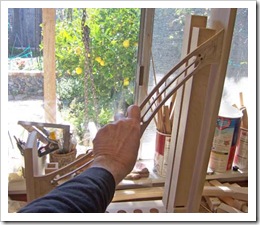 slowly. I started laying out and fret sawing the first of three pipe holders, but it’s a slow process. Like I said, there’s three of them to do, and the outside two are much more intricate—and with some of my infamous carvings. Stay tuned.
slowly. I started laying out and fret sawing the first of three pipe holders, but it’s a slow process. Like I said, there’s three of them to do, and the outside two are much more intricate—and with some of my infamous carvings. Stay tuned.
One of my new directions is the study and making of medieval furniture. My first effort is coming along nicely. I’ve turned several test pieces for a three-legged stool, and I’m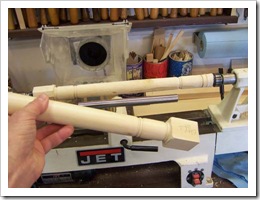 planning other styles of furniture. Hopefully, I’ll have a couple of new items to show and to compliment my medieval instruments at the Scottsdale Arts Festival next March.
planning other styles of furniture. Hopefully, I’ll have a couple of new items to show and to compliment my medieval instruments at the Scottsdale Arts Festival next March.
Finally
The Holidays are almost upon us, and there’s quite a bit happening and possibly about to happen with me and Ron Cook Studios: gallery shows and newsworthy tidbits. More on this will be in my Holiday Newsletter, which will be popping up in your e-mail box in a few days. If you’re not on my e-mail list, and want to receive my quarterly newsletter, go to my website and sign up at the bottom of the home page.
Today is sunny and a little cool, but perfect for being in my workshop with the door open to our garden.
No fog this time of year to be onward through…

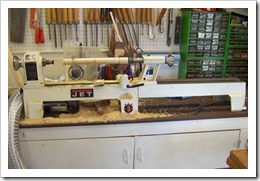
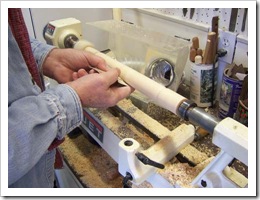
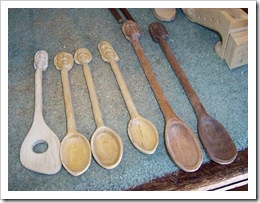
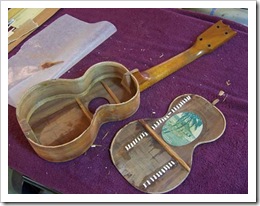
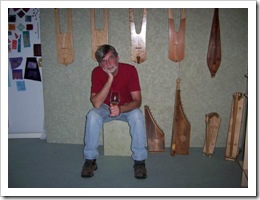
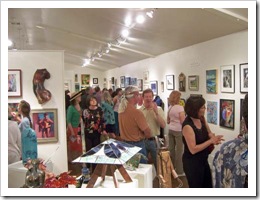
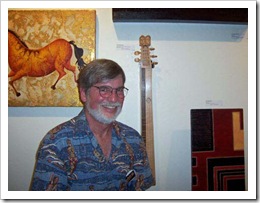
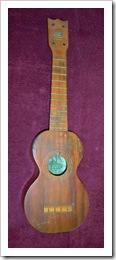
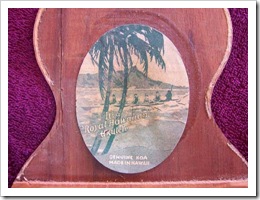
 The weather was great (perhaps a little too warm on Sunday), and the aisles were packed as were many of the artists’ booths.
The weather was great (perhaps a little too warm on Sunday), and the aisles were packed as were many of the artists’ booths. 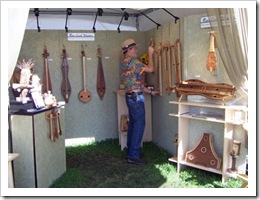
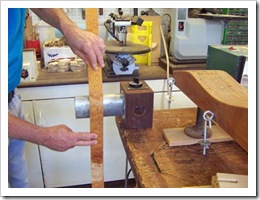
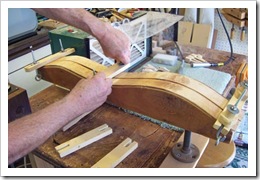
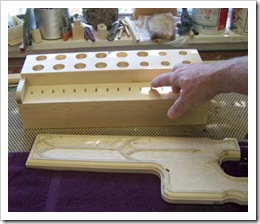
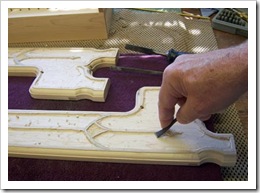
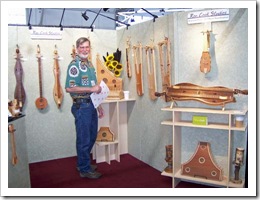
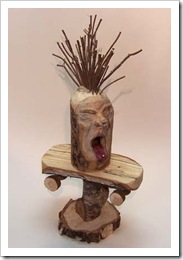
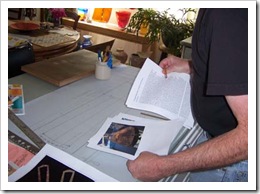
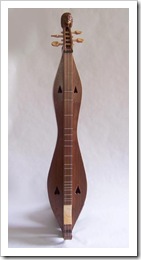
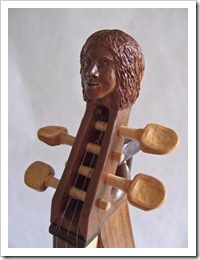
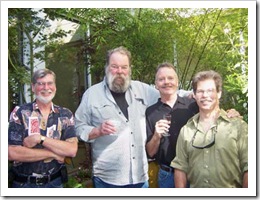
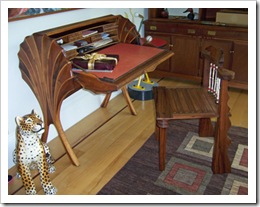
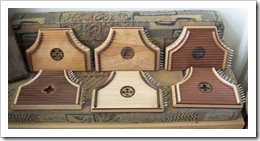
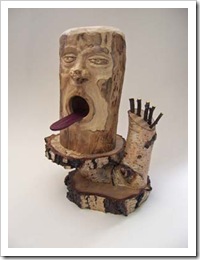
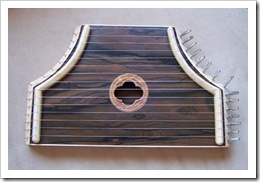
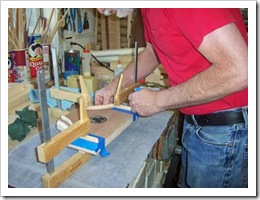
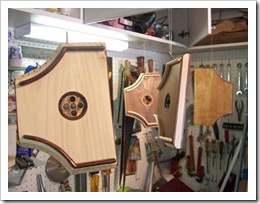
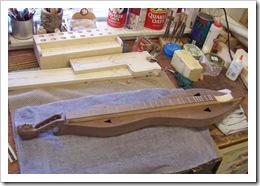
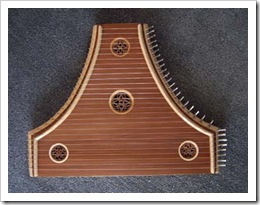
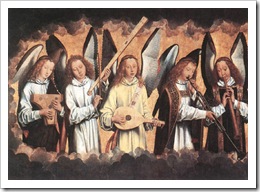
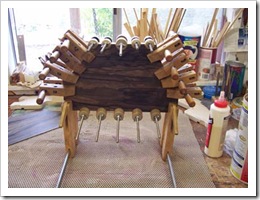
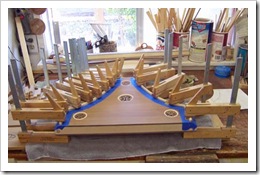
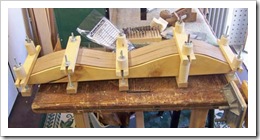

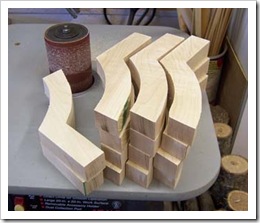

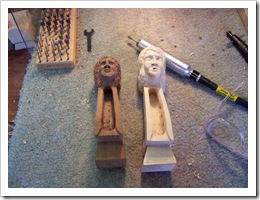
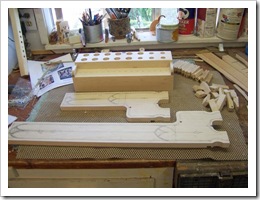
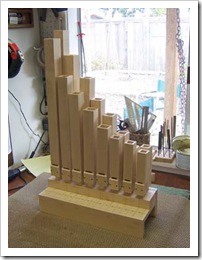
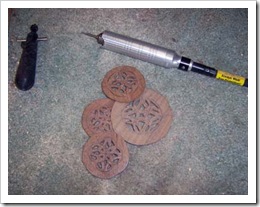
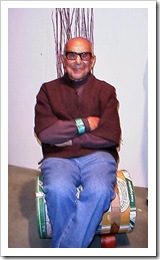
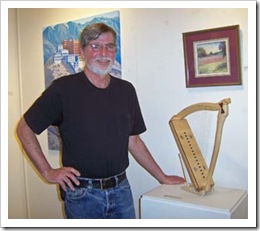 Memorial
Memorial
